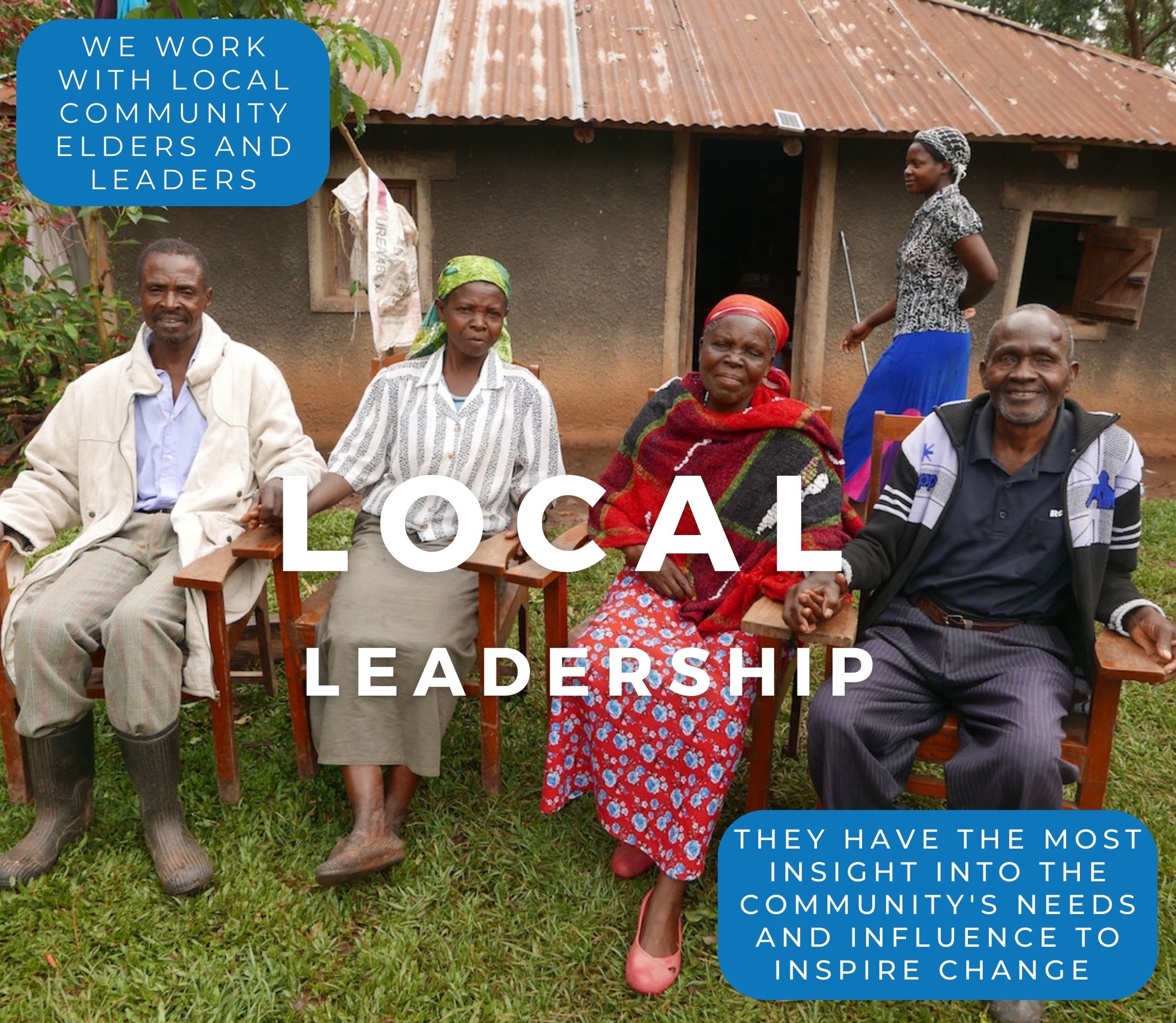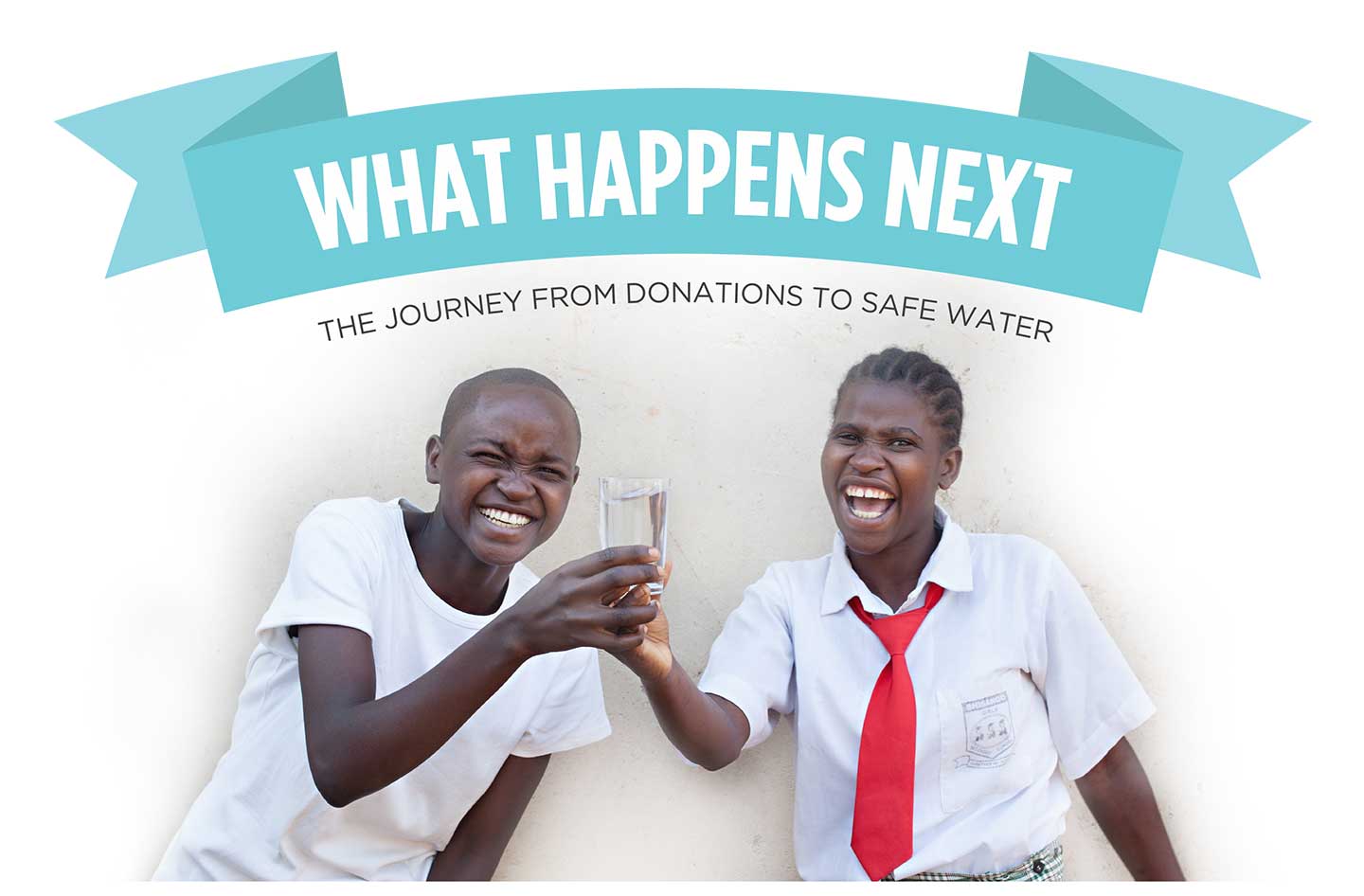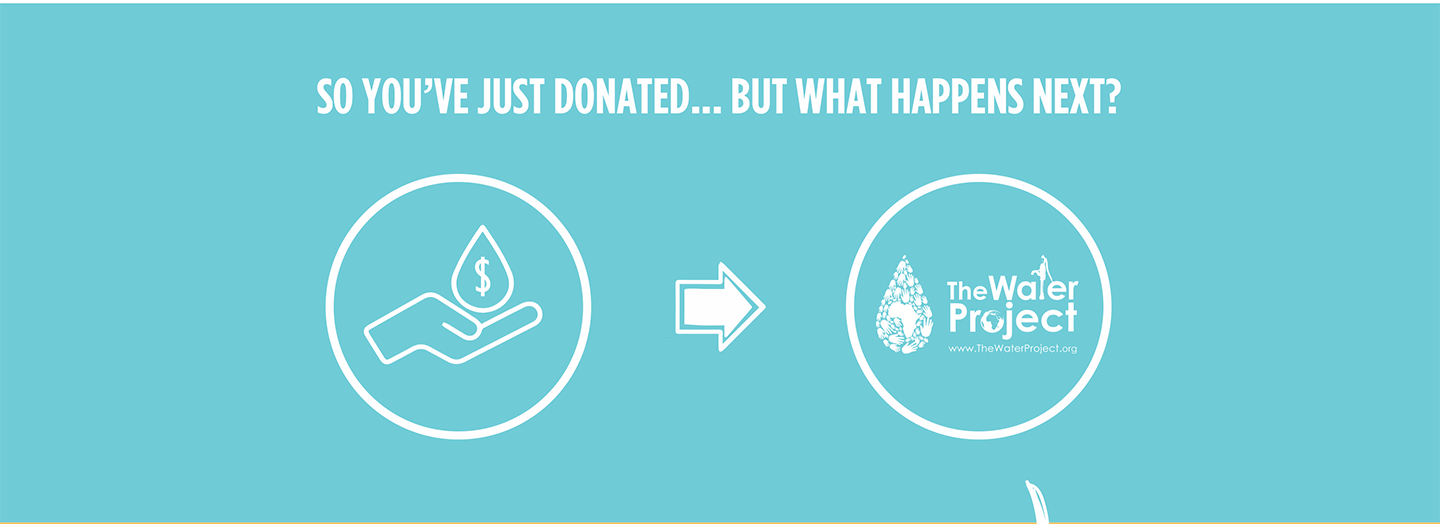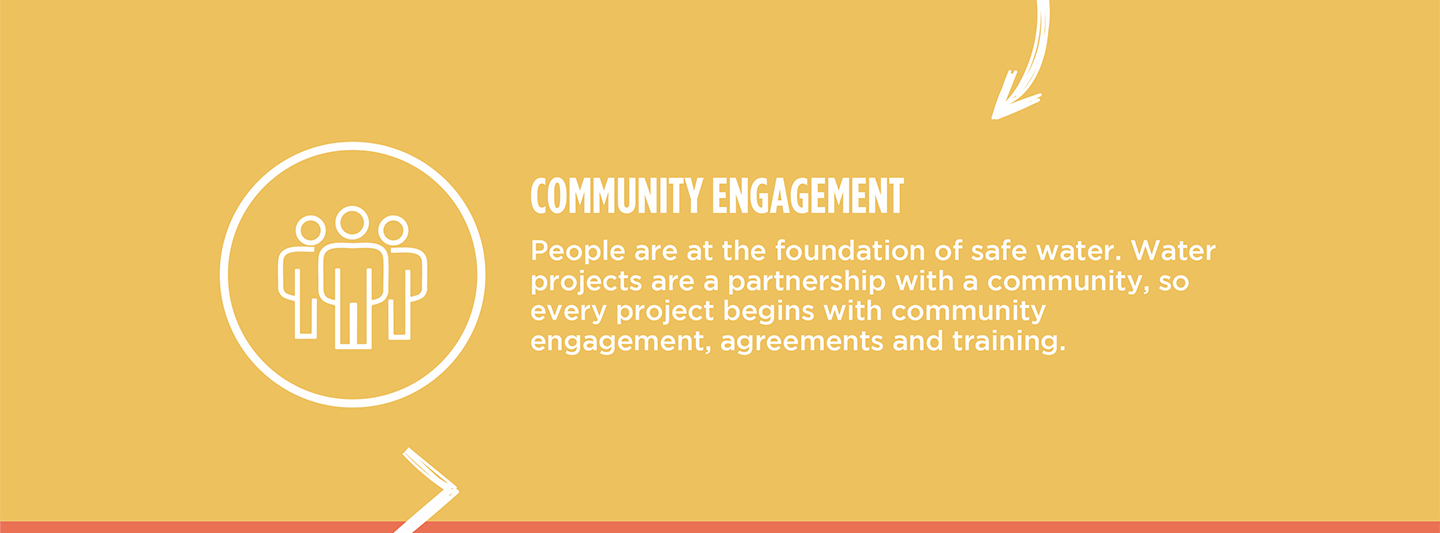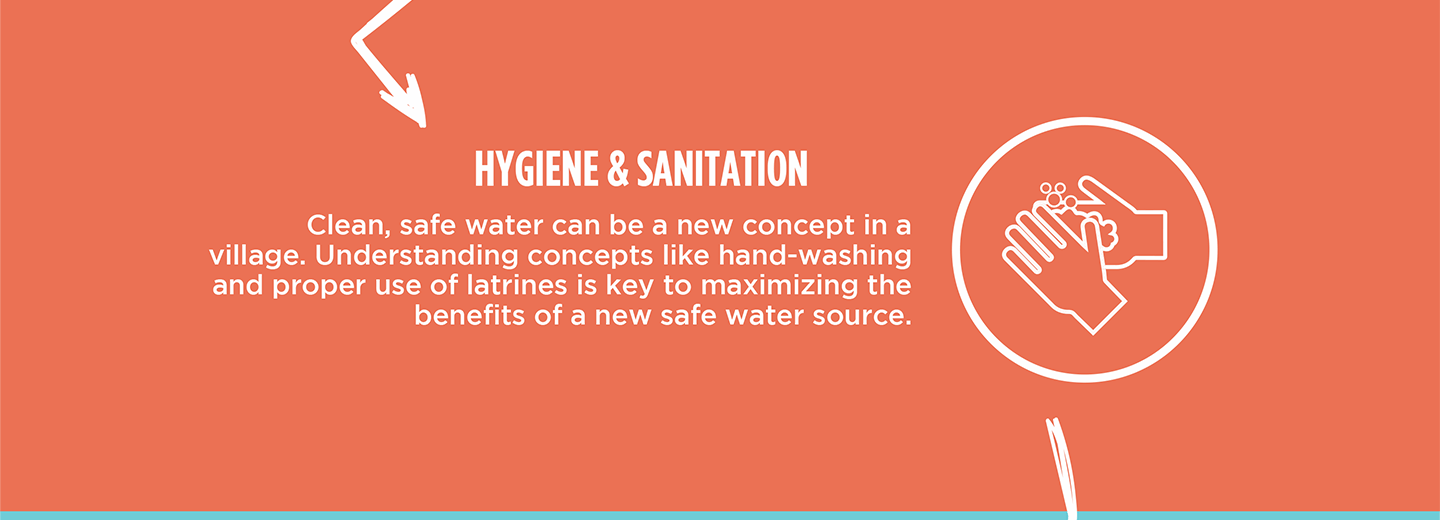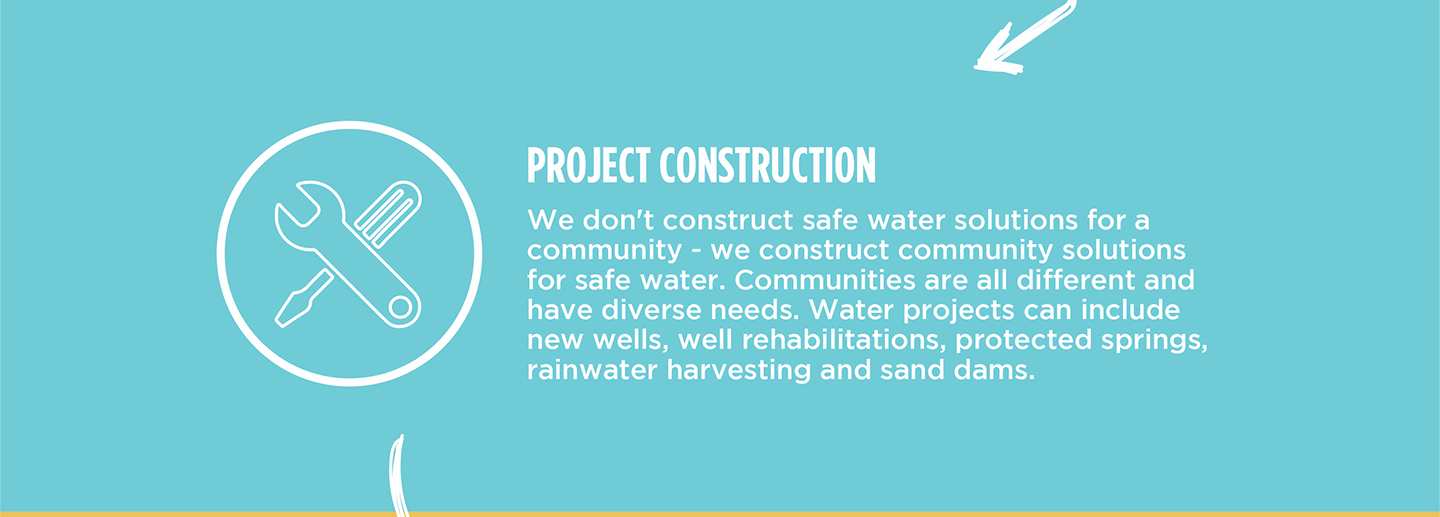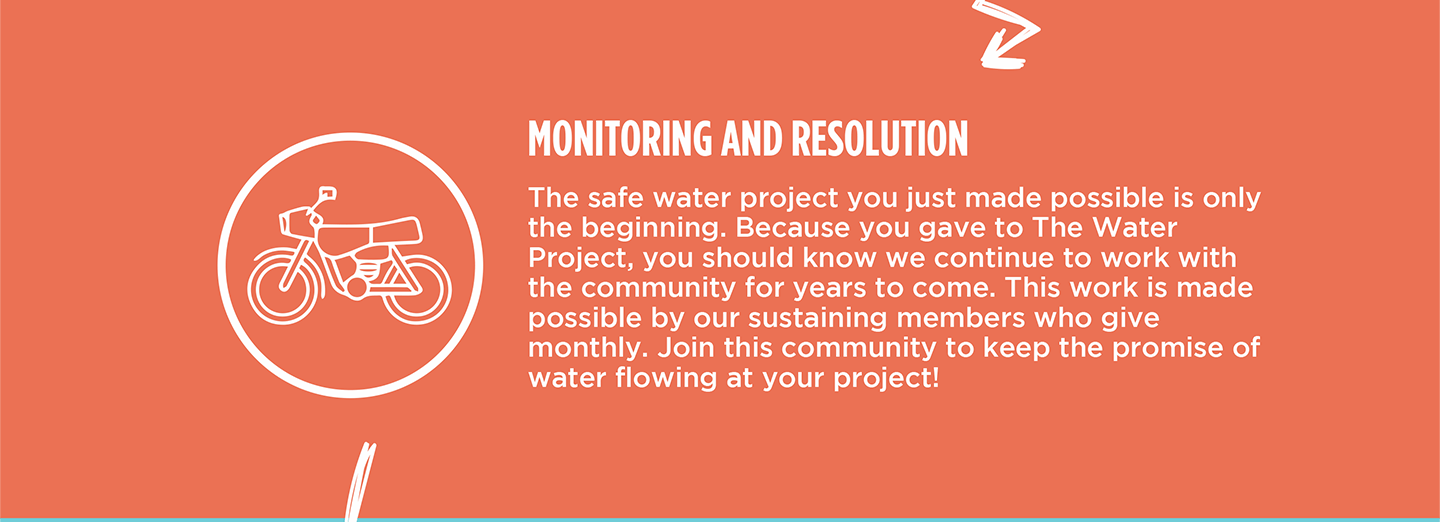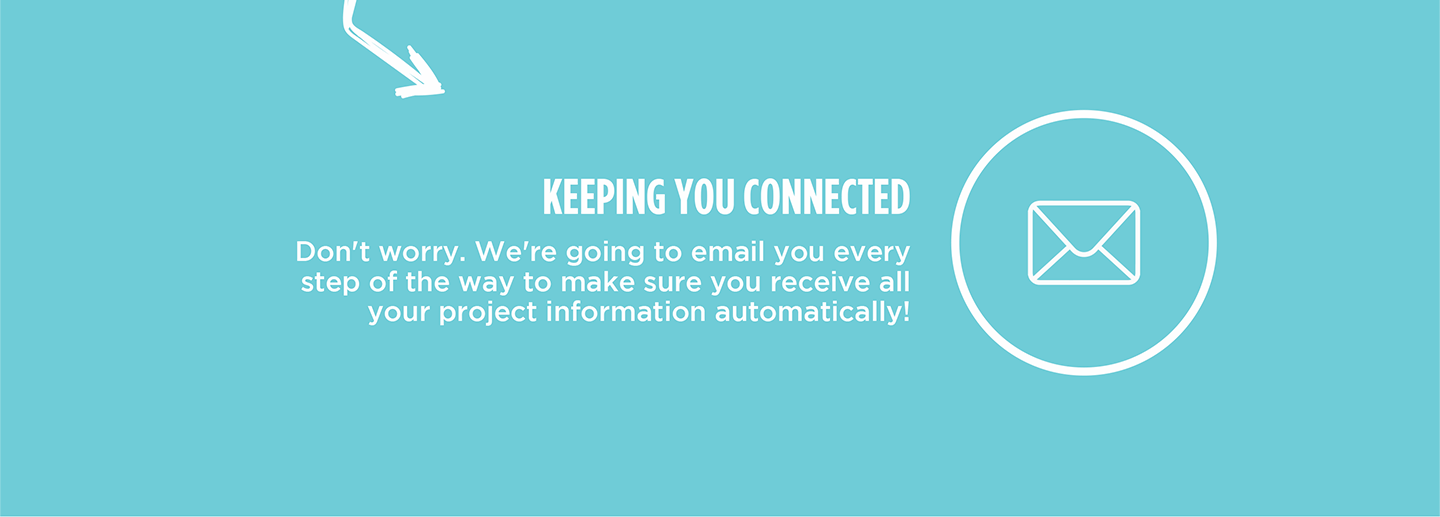Clean water is essential for maintaining good health. In regions like Western Kenya, where water scarcity is a pressing issue, the lack of safe, reliable water leads to profound consequences, affecting not only individuals but entire communities. Without access to clean water, people face preventable health issues that hinder their ability to thrive. This is especially true in healthcare facilities, where water is crucial for treating patients, maintaining hygiene, and preventing the spread of disease.

Triage area at Kimwenge Dispensary.
Drinking unsafe water exposes communities to serious diseases like cholera, typhoid, and diarrhea—illnesses that thrive where water and sanitation access is poor. Those who fall ill seek healthcare, yet many clinics lack clean water as well, forcing patients to face the risk of waterborne disease even in treatment settings.
A 2021 ReachWater study revealed alarming gaps in water, sanitation, and hygiene services across healthcare facilities in Kenya. No healthcare facility assessed met basic hygiene service levels, and one-third of dispensaries lacked functional handwashing stations. Even when clinics had water sources, they were often unreliable. These gaps often lead to less frequent handwashing and cleaning and increased risk of infections for both patients and healthcare providers. Lacking on-site water access forces staff to spend critical time searching for and collecting water instead of caring for patients. Staff at eighty-seven percent of the clinics involved in the study were concerned about sufficiency, reliability, safety, and availability.
Bernadina Imbatswa, a nurse at Kimwenge Dispensary in Kenya, shared an experience that highlights the daily struggles many healthcare facilities face due to water shortages: “We had to deliver the baby because if we referred her to another facility, it would have been a risk to the baby and the mother. Unfortunately, there was little water left, and this procedure required a significant amount of water for the delivery and cleaning up afterward.”

Nurse Bernadina Imbatswa carrying water.
"One of our workers had to rush to a nearby homestead to request water. Thankfully, the baby was delivered safely, but we still face this challenge daily. My hope is that we get a reliable water source so we can improve the services we offer to the many patients who rely on us,” Nurse Imbatswa concluded.
Clean water is fundamental for maintaining hygiene and preventing infections. Handwashing, cleaning medical equipment, and sanitizing surfaces are vital practices that depend on water. In regions like sub-Saharan Africa, where water scarcity is a significant challenge, the inability to perform these tasks increases the risk of infections among patients and health workers.

A doctor treats a young patient at a Western Kenya clinic.
Water is critical for treating patients, especially in conditions where hydration is part of the treatment regimen and is needed to prevent infections and promote recovery.
In healthcare settings, reliable water is just as important as clean water. While a protected water source can alleviate some of the effects of the water crisis, it’s the functionality of that source that truly matters, it has to be working to help. If a healthcare facility’s water source is seasonal or experiences long wait times, the facility is back to square one, facing the same challenges.
A solar-powered piped water system offers hope and creates a more resilient solution for the healthcare facility. This system offers healthcare providers dedicated access to water through in-clinic sinks for medical procedures, ensuring safe and reliable water is available when and where it’s needed most. The solar-powered pump will also supply a kiosk outside the facility to provide clean water for community members. This dual approach reduces wait times, ensures backup coverage, and meets the distinct needs of both medical staff and the community.

Representative photo: solar panels in Southeastern Kenya.
Steps Toward a Solution
This project is part of an upgrade to a solar-powered piped water system at a community healthcare facility. After further evaluation, the specific healthcare center will be determined later in the spring.
What Makes This Project Unique
This project will be a two-part system powered by solar energy. A solar panel will supply electricity to run a submersible pump in the well. Pipes will be connected to the well and pump water to a storage tank that will gravity-feed water to pipes within the clinic's key service areas. A second water pipeline will supply water to a kiosk on the outside of the clinic fence providing clean, safe water to the surrounding community.
Handwashing Stations
We will upgrade the handwash stations inside the health center to piped water, enabling medical staff to wash their hands when it matters most. Handwashing is crucial for safe medical procedures and improved recovery. Health center staff will supply the sinks with soap, which we will teach them how to make!
Health Center Education & Ownership
Hygiene and sanitation training are integral to our water projects. Training is tailored to each health center's specific needs and includes key topics such as proper water handling, improved hygiene practices, disease transmission prevention, and care of the new water point. Encouraged and supported by the guidance of our team, a water user committee comprises a community health volunteer, the staff in charge of the clinic, a community leader, and the health center board representative. They assume responsibility for maintaining the waterpoint, promoting safe hygiene and sanitation practices, and keeping handwashing stations well-stocked.
Safe water and improved hygiene habits foster a healthier future for everyone in the community.
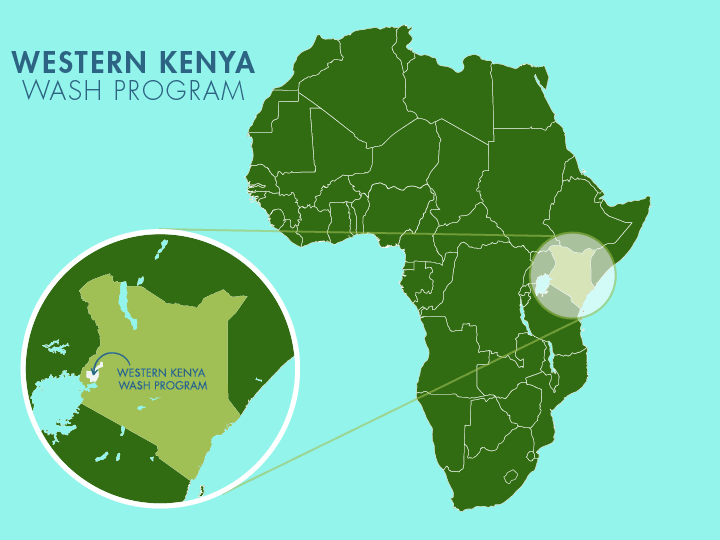
 Solar Pump
Solar Pump
 Rehabilitation Project
Rehabilitation Project

